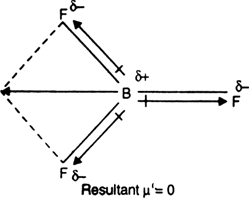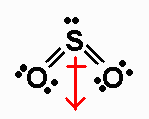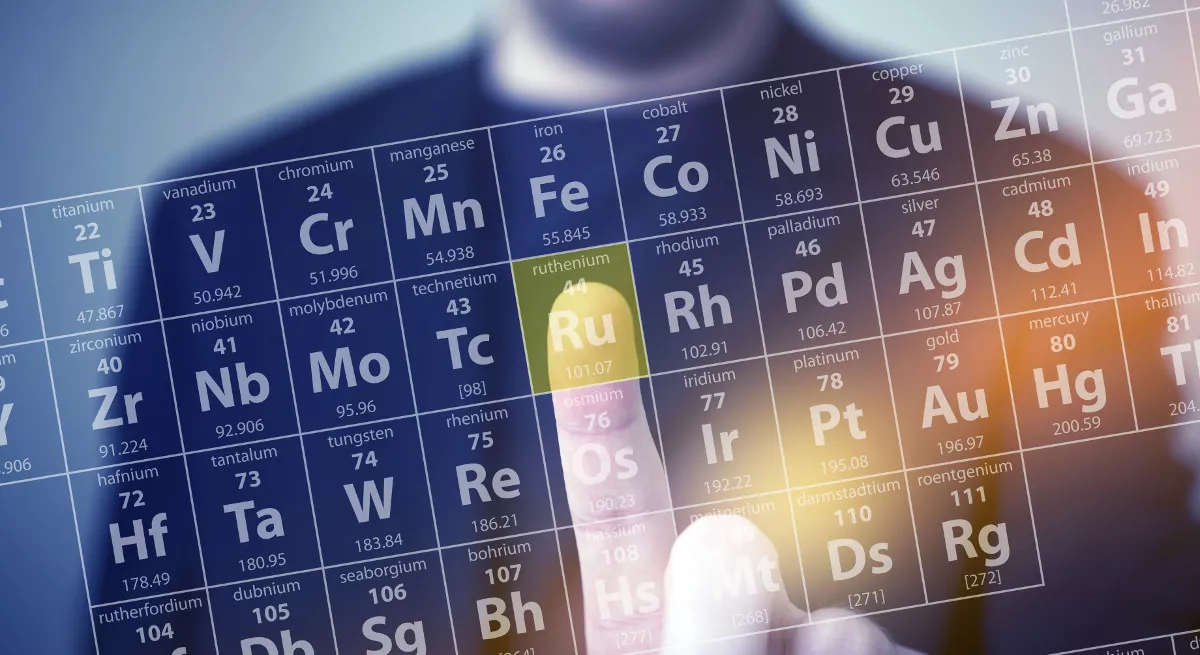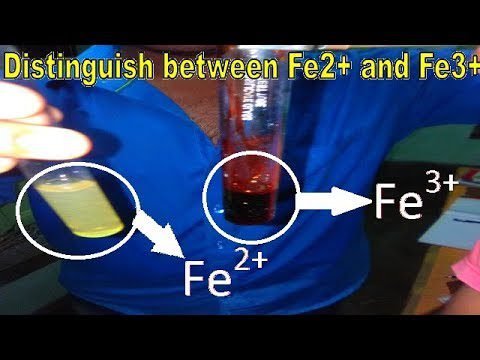
Here we explain the trigonal planar molecular geometry by using the VSEPR theory with proper examples. The valence shell electron pair repulsion theory is a model used in chemistry to predict the geometry of the individual molecule from the number of electron pairs surrounding their central atoms. The VSEPR theory helps us to predict the shape of the molecules. The VSEPR theory consists of six molecular shapes including linear, trigonal planar, bent, pyramidal, and tetrahedral.
What is Trigonal Planar?
In trigonal planar molecular geometry, the central atom is surrounded by three atoms with no lone pairs. Trigonal planar geometry is shown by the molecules with four atoms. One is the central atom and the other three atoms are attached to the central atom in such a way that they are in the corners of a triangle. In this molecular geometry, there is an absence of lone pair electrons in the central atom. The bond angle between the corner atoms is 120°.

The Geometry of BF3
Boron trifluoride is the AB3 type molecule with 3 bond pairs and no lone pair on the central atom. The electronic configuration of boron is 1s2, 2s2, 2p1. There is only one electron in the 2px orbital and the 2py, 2pz orbital of boron is vacant.
On the other hand, the electronic configuration of fluorine is 1s2, 2s2, and 2p5. There is only one unpaired electron in the 2pz orbital. The 2s orbital electron of boron gets energy from the surroundings and becomes excited. The 2s, 2px, and 2py atomic orbital of boron having different shapes, and different energies intermix in such a way that to form hybrid orbitals having the same shapes and energy. The hybridization of boron in BF3 is sp2. The 2pz atomic orbital of three fluorine atoms heads to head overlap with the sp2 hybrid orbital and form three sigma bonds.

- Hybradization = sp2
- Shape of the molecule = Trigonal Planar
- Bond angle = 120°
Is PI3 a Trigonal Planar?
In order to determine the molecular shape of the Pl3, first to determine the lewis structure of the molecule. First, we calculate the total electrons (Q) of PI3 which is equal to the valence electrons of all atoms plus the number of negative charges minus the number of positive charges.
Q = Valance electron of all-atom + no of -ve charge – no of +ve charge
Then calculate the bond pair electrons which is equal to the number of bonds multiplied by two.
B.P e– = 2 × no of bonds
Then calculate the lone pair electrons of the molecule, PI3
L.P e– = Q – B.P e–
Lone pair electrons are used for both lone pairs as well as a double bond or triple bond.
Q = Valance electron of all-atom + no of -ve charge – no of +ve charge
Q = 26 + 0 – 0
Q = 26
B.P e– = 2 × no of bonds
B.P e– = 2 × 3
B.P e– = 6 e–
L.P e– = Q – B.P e–
L.P e– = 26 – 6
L.P = 20

The steric number and coordination number of phosphorous are 4 and 3 respectively. Its mean PI3 has tetrahedral electron geometry and trigonal planar molecular geometry.
What are the Shapes of Molecules in VSEPR Theory?
| Number of bonding groups on the central atom | Number of lone pairs on the central atom | Molecular notation | Electron pair geometry | Molecular geometry |
|---|---|---|---|---|
| 2 | 0 | AB2 | Linear | Linear |
| 3 | 0 | AB3 | Trigonal planar | Trigonal planar |
| 2 | 1 | AB2E | Trigonal planar | Bent |
| 4 | 0 | AB4 | Tetrahedral | Tetrahedral |
| 3 | 1 | AB3E | Tetrahedral | Trigonal pyramidal |
| 2 | 2 | AB2E2 | Tetrahedral | Bent |
| 5 | 0 | AB5 | Trigonal Bipyramidal | Trigonal Bipyramidal |
| 4 | 1 | AB4E | Trigonal Bipyramidal | Seesaw |
| 4 | 2 | AB4E2 | Octahedral | Square planar |
How Molecular Geometry can be used to Predict the Polarity of the Molecule?
Consider the Lewis structure of boron trifluoride BF3 and sulfur dioxide SO2. In both of the structures, there are three VSEPR pairs of electrons around the central atom meaning that the electron pair arrangement about the several atoms is trigonal planar.
The molecular geometry of the BF3is trigonal planar but because of lone pairs, the molecular geometry of the sulfur dioxide is bent or V-shape. In BF3, there is a shift in electron density from boron to fluorine due to the electronegativity of fluorine. This shift of electron density is symbolized by placing a cross arrow next to the bond to indicate the direction of the shift.
To determine if the molecule is polar is there a net dipole moment? We must sum up the individual bond moments. If we add together two of the bond moments in BF3, the resultant moment is equal but opposite to the upper bond moment and cancels with each other and the molecule is non-polar. The dipole moment is zero.

In SO2, there is a shift in electron density from sulfur to oxygen due to the more electronegativity of the oxygen atom. There is an increase in electron density in the vicinity of the lone pair. Summing together the two sulfur oxygen bond moments, the resultant moment is smaller than the moment due to the lone pair. The two moments do not cancel and the molecule has a net dipole moment. SO2 is polar with a dipole moment of 1.63 debyes.




Leave a Reply